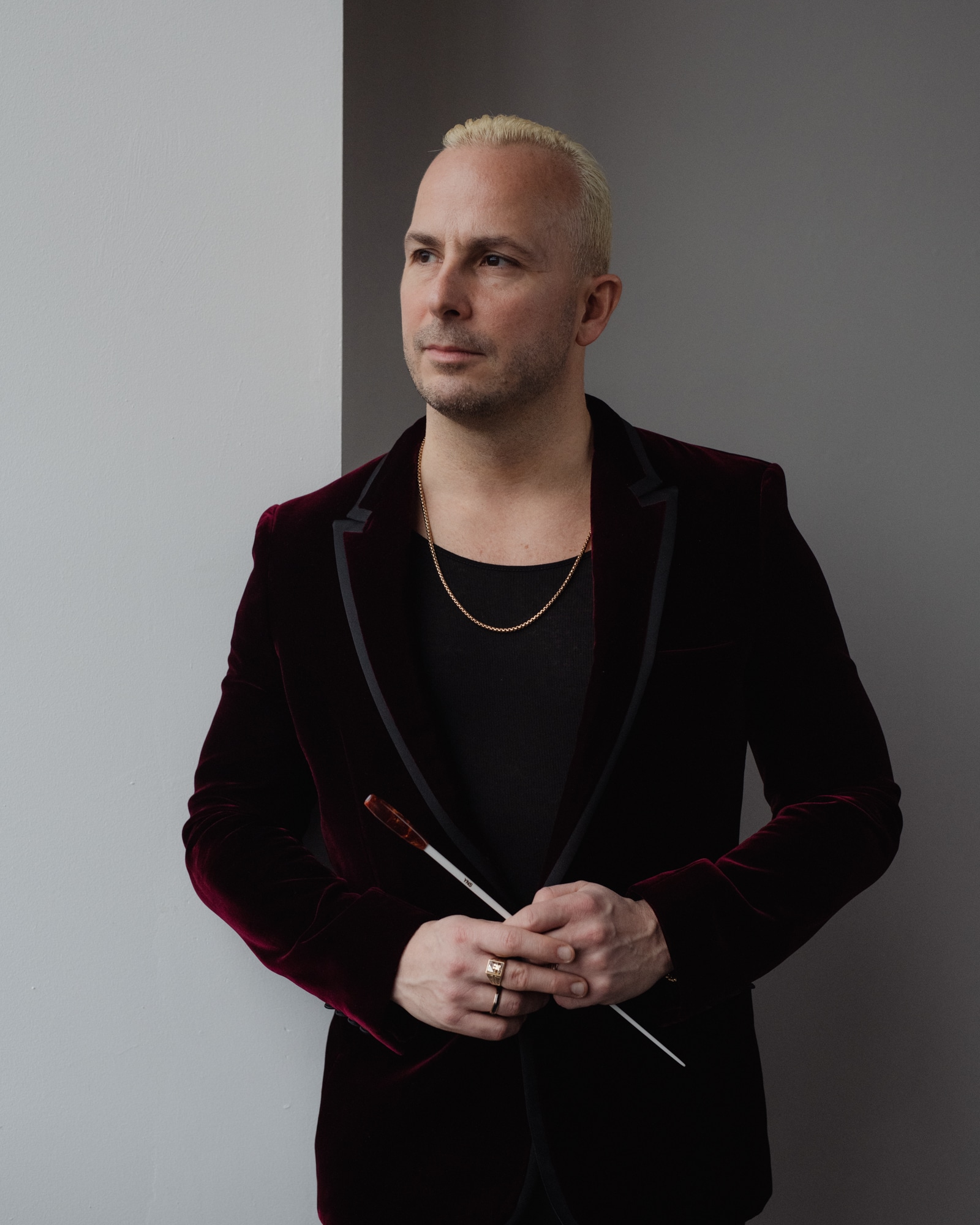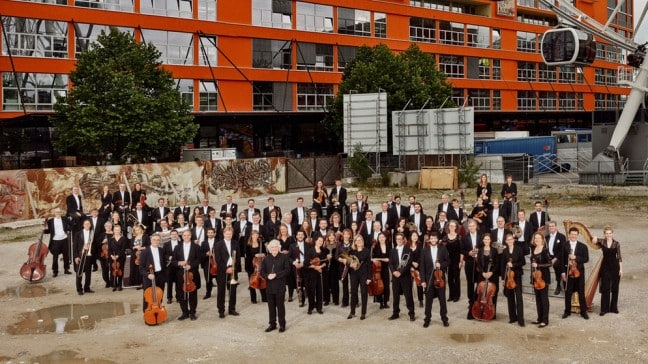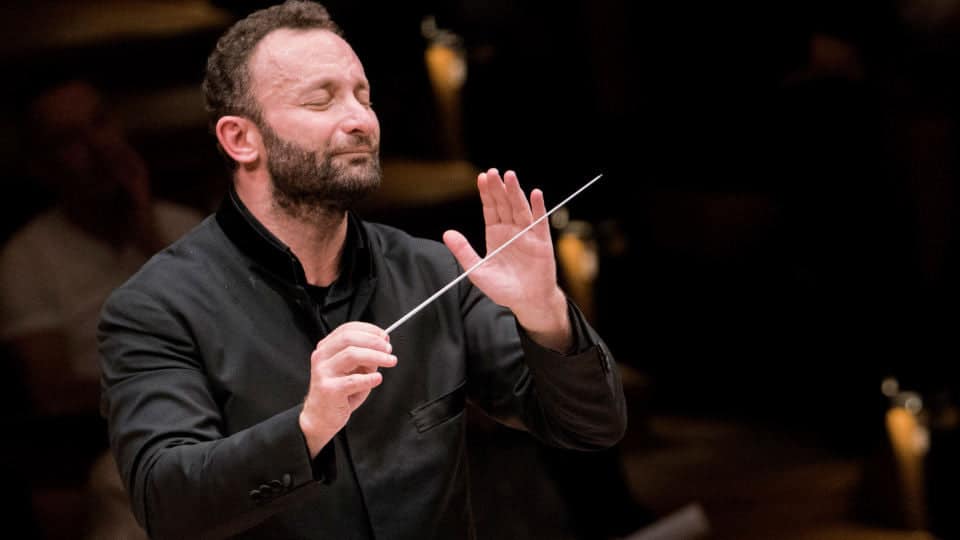Fortnightly Book Club goes interactive
mainFrom our moderator Anthea Kreston:
Welcome to the closing week of Fortnightly Music Book Club’s selections by Bruce Adolphe “The Mind’s Ear: Exercises for Improving the Imagination for Performers, Composers and Listeners”, and Richard Powers‘ „Orfeo“. An amazing thing has happened these last two weeks. An incredible thing. We have had a group experiment – can a musician read the mind of a composer? Can a human transfer their emotions to a stranger, with no words being exchanged, with only dots on a page? Read on – and discover how a quartet and a composer who have never met, have somehow, miraculously, found in each other a common story, the same answers. The themes – death, memory, inconclusive ending – these and more have been understood and transferred magically, somehow, from stranger to stranger.
Fortnightly is a book club which connects the broad and diverse Slipped Disc readers to great literature as well as gives us a chance to engage with leading musicians of our time.
Guest host Bruce Adolphe – composer, author, radio personality and lecturer, has proposed an experiment, based on his book. How much of what we feel, as audience and performer, match with what the composer truly feels? Readers listened to a clip or played the score of an anonymous quartet, submitted their emotional reactions, and simultaneously the composer submitted his emotional intentions. Many people wrote in, and Bruce plans to reveal the full scope of the results in his summer festival, Off the Hook Arts, in Colorado, as well as sharing results with a group of neuroscientists studying human reaction to music. We have space for only one comparison – the Thalea quartet has submitted a particularly striking reading.
Here I will reveal that the unnamed piece we listened to was the second movement of Whispers of Mortality, by Bruce Adolphe, performed by the Miami String Quartet. Separated into 6 sections, we will read the Thalea reaction, followed by Bruce‘s intentions. To listen, go here: https://m.youtube.com/watch?v=AFkKnDijr4g
From Bruce:
I composed Whispers of Mortality in 1992 in an emotionally charged state. It is a musical reaction to the news that my wife’s cousin was extremely ill. The five movements tell the story in musical metaphors. Edgar was still alive when the work was finished, and he continued to fight for his life for years.
Thalea:
Section 1: Mother is singing a lullaby to a dead baby, sheltered from the war outside her home. The inner voices are the rocking of the baby and the first violin is the mother’s voice. The cello interruption in m. 3 is the war in the distance. The cello in m. 5 serves as an angry internal voice. The mother suddenly begins to scream out at m. 7, frantically shrieking at the dead child and the world around her. Her cries trail off as she returns to her lullaby.
Bruce:
Segment 1: The second violin and viola, with their back and forth pendulum motif, represent the steady passing of time, unconcerned, indifferent to our human problems. The first violin represents my wife’s cousin, who here expresses his grief and rage about being ill. The cello is the disease itself.
Thalea:
Section 2: The mother continues to sing, this time totally hopeless. The war draws closer in the cello part in m. 14. The mother’s voice becomes more pleading as the internal monologue begins speaks to her again, considering suicide (m. 18). There is another sudden outburst of screaming – this time grappling with whether to live or die.
Bruce:
Segment 2: The first violin/sufferer is clinging to life and crying. The cello/disease has a terrible hold, will not let go. The first violin gives voice to rage again.
Thalea:
Section 3: She looks at the child to try to comfort it but is overtaken with exhaustion and falls into a dream.
Bruce:
Segment 3: Time has become more urgent; first violin/sufferer tries but cannot break free from the cello/disease.
Thalea:
Section 4: The mother replays the fragment of a cherished memory with the child. Moments repeat in graceful cycles before fading back into the inevitable hollowness of life without her child.
Bruce:
Segment 4: This section represents the wish that time would go backwards to before the illness.
Thalea:
Section 5: The mother awakes and begins her song again. She hears the war in the distance again. Her inner conflict explodes in one last wild fit of shrieking.
Bruce:
Segment 5: Time reverts to the steady pulsing as before, and the first violin and cello again are locked in battle. The first violin breaks free in a huge display of rage and frustration, which fades on the last note of this segment into despair.
Thalea:
Section 6: She sings one last desperate version of the original lullaby. The inner monologue leaves her with a question – will she continue to live? In her one final shriek we are left with indecision. We never know how she chooses to act.
Bruce:
Segment 6: The violin returns with renewed strength, determination, and anger. It locks onto the cello/disease in confrontation. The final violin outburst is inconclusive, but the sufferer is still strong, angry, and determined to live.
A final word from Bruce:
The idea of how music means something is this: music embodies not a specific scenario, but only the emotions and shape of a scenario, allowing an infinite number of personal scenarios to resonate in the minds of listeners. Even without any scenario at all, music is the shape of memory, the resonance of lived experiences. It therefore goes beyond words to the commonality of all experience
Anthea:
Thank you, Bruce, for coming with us on this two-month journey. I feel somehow empowered, knowing now that my strong connections with composers long gone are perhaps more true – that we all can understand one another despite the passage of time or differences in situation. This exploration has taken us places I would have never imagined we could go – it has been an amazing ride.






This is brilliant, Anthea – thanks so much. I love FBC.
(NORMAN: Is there a way to put a tracer on threads you want to follow? I’ve never figured out a way to do this, but maybe I’m missing something.)
Kevin! I love it too. My nose is always in some kind of book that I don’t feel like I have time to read, but am so enriched by, or a book I would never have read at all (the Powers was such an inspiration!). I just like the connections to readers, and how it takes us, always, to somewhere I would have never guessed. I like how it takes 2 months to get through each section – time to explore (and time for me to finish the books!!!). Can’t wait for the next one. See you in a Fortnight!